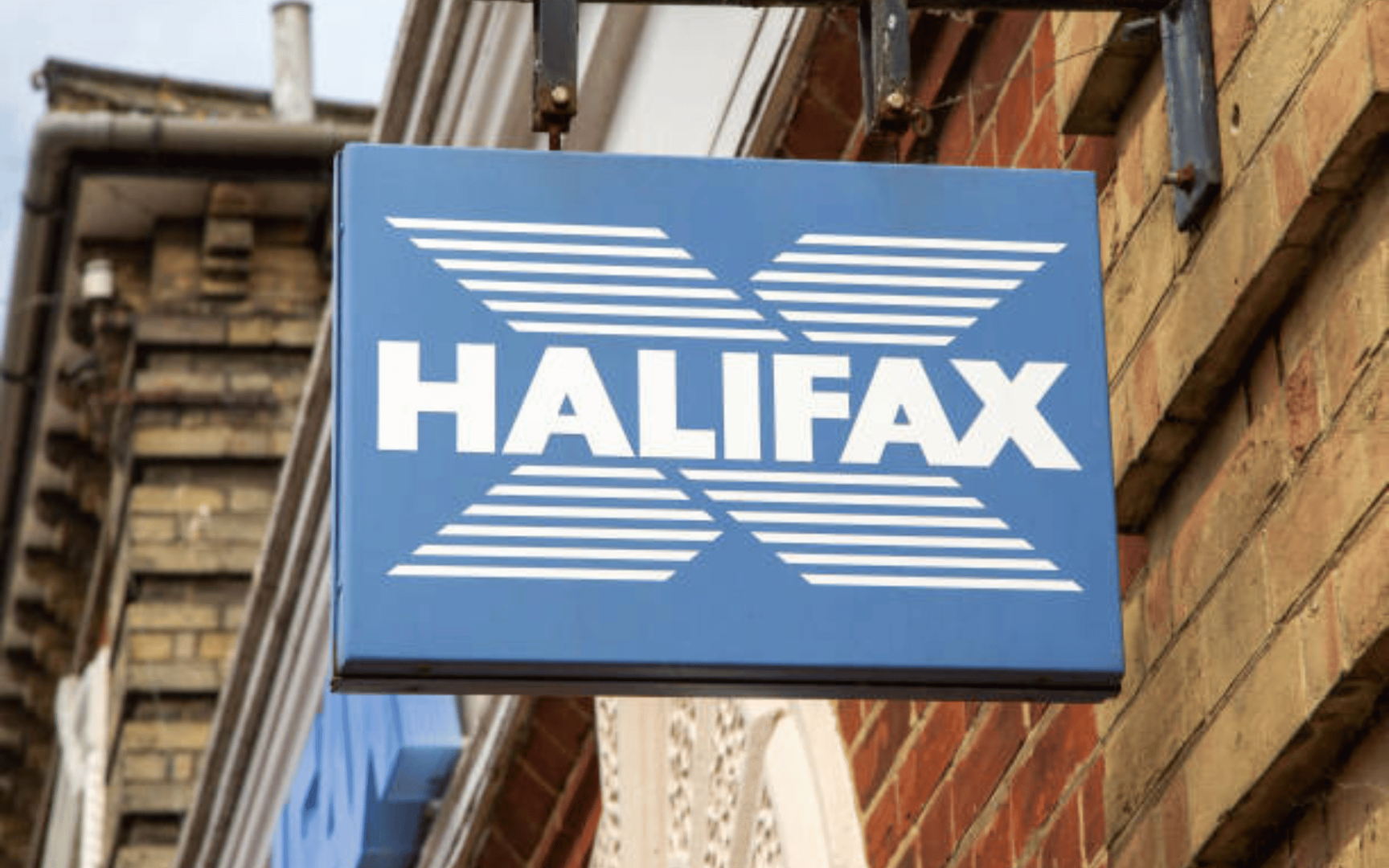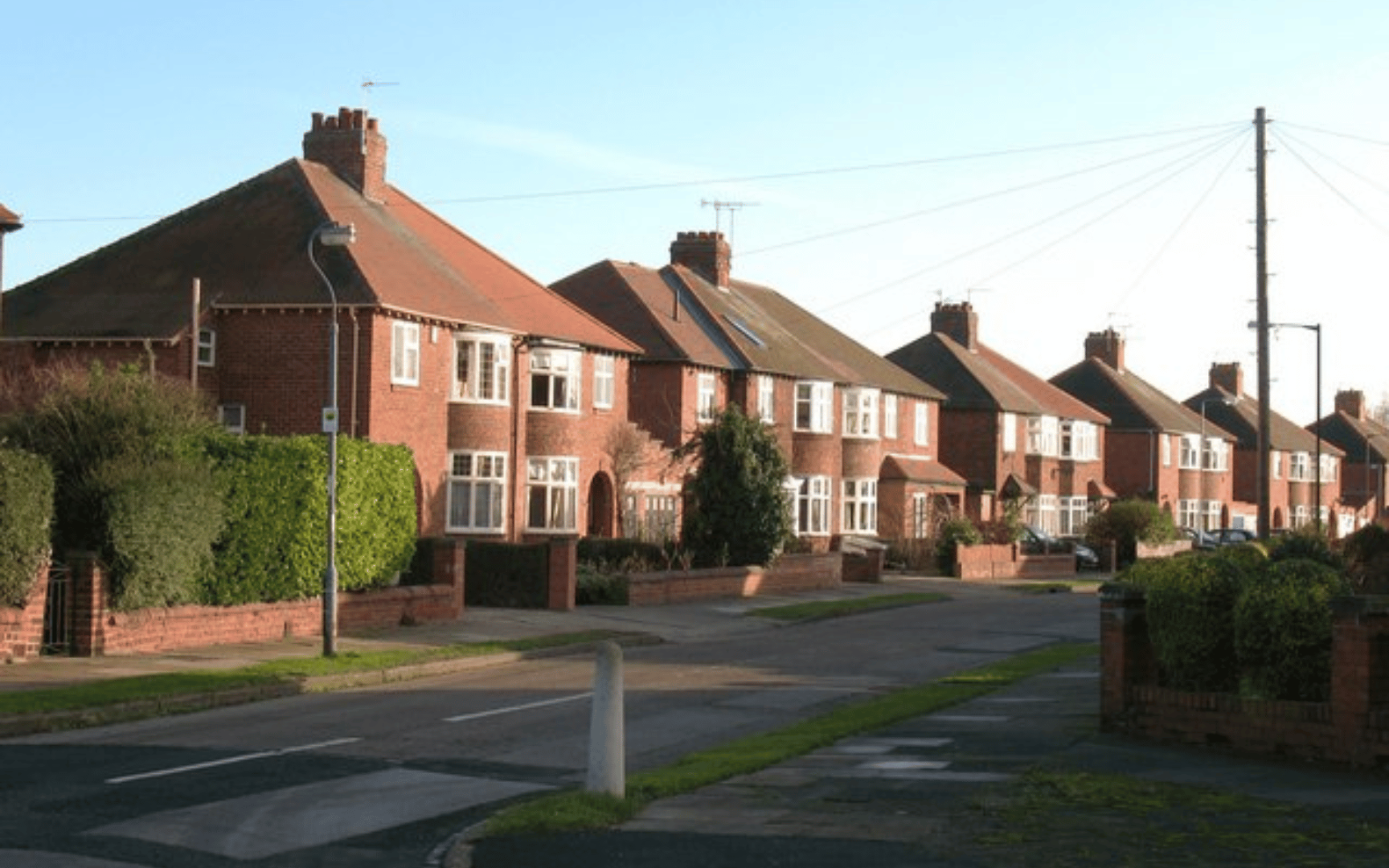Despite facing a challenging year, the prospects for the UK's housing market seem set for improvement and we are seeing signs of revitalisation with increased numbers of prospective home buyers and potential sellers. Recent studies indicate a bolstering confidence regarding future property prices, as mortgage rates decreased from a 15-year high last year, albeit there is potential for the gradual decline in house prices to continue into 2024.
We examine two key property price indices, Zoopla and Halifax, to evaluate if the encouraging kick-start to house prices in 2024 will sustain.
Are house prices slowing down?
The Halifax (which looks at prices pre-exchange for those purchasing with a mortgage) reports an average UK house price of £291,029 in January, reflecting a 1.3% rise (£3,785) from December 2023. Notably, this is the fourth month in a row that prices have increased. The yearly growth rate currently stands at 2.5%, the peak since January of the previous year. Buyers' and sellers' growing assurance can be traced to a few causes: falling mortgage rates due to a competitive market, diminishing inflation, and a sturdy labour market. This set a favourable tone for the housing market as 2024 gets underway.

Regardless, housing activity growth contrasts with the persisting high interest rates as compared to recent lows. The market's demand-supply curve remains imbalanced with demand outstripping supply. Prospective first-time homeowners are currently required to muster an average deposit of £53,414, equivalent to about 19% of the asking price. Consequently, it comes as no shock that nearly two-thirds (63%) of these first-time buyers resort to jointly purchasing their homes. Looking ahead, we predict affordability issues to persist due to general economic uncertainties. A potential positive outcome of flat to down house prices however is the opportunity for upsizers to take that next step on the property ladder, as cash value saved on a higher value property in a falling market is greater.
Meanwhile, Zoopla reports an average house price of £264,400 in the UK as of December 2023, reflecting a -0.8% adjustment from the prior year. House prices seem to be accommodating the rising mortgage rates via modest dips only, countered with an increasing number of transactions as 2024 opens. From October to December 2023 prices decreased by 0.8%, a relatively slower rate than the -1.4% fall witnessed between October 2022 and 2023. In terms of regional variations, the sharpest year-on-year price drops are observed in the East of England (-2.5%) and the South West (-2.2%). Northern Ireland stands out as an anomaly, with a 3.2% increase in house prices over the course of 2023.
What about buyer activity levels?
Zoopla reports a noticeable rise in buyer interest at the outset of 2024. The first three weeks have observed a considerable seasonal spike in buyer engagement. With mortgage rates falling below 5%, there's a 12% increase in demand from last year. This surge is primarily due to the deferred buying decisions during the second half of 2023 due to rising mortgage rates. Whilst the revival in market activity is a positive sign, it's crucial to not misconstrue this as a defining factor for the year 2024.

Last year witnessed mortgage rates sliding to 4.2% within the initial quarter, which increased transaction numbers and caused a moderate decrease in prices. A similar influence of the current mortgage rates is anticipated this year, shoring up transaction numbers rather than strongly impacting property prices.
Should I put my house on the market?
Recent research by Rightmove, indicates that February proves the most beneficial month to put a house on the market, offering a better chance of locating a buyer promptly. The research reviewed the trends relating to the listing month of millions of properties placed on the market since 2012, with 2020 omitted due to the pandemic.
Statistics reveal that, on average, properties listed in February necessitate 51 days to secure a buyer, edging out March's 52-day average and mirroring January's duration. Also, about 66.4% of properties that go on the market in February manage to find a buyer – the highest probability of securing a buyer alongside April, narrowly beating March's 66.3% success rate.
Furthermore, homes listed in February are most likely to see a transaction completion and least likely to be withdrawn from the market by the seller. Considering March's strong performance in the rankings as well, the data underscores that those considering a sale at spring's outset put themselves in a favourable position for a smooth transaction in 2024.
Currently, the volume of potential buyers making enquiries about properties for sale this year has risen by 8% compared to the previous year. Additionally, the rate of new properties entering the market has seen an increase of 11%.
What if I have decided to sell?
If you are thinking of selling your Tavistock or Okehampton home, give our team a call on either 01822 617243 or 01837 54080.


 By
By 
 by
by 
 by
by 

Share this with
Email
Facebook
Messenger
Twitter
Pinterest
LinkedIn
Copy this link